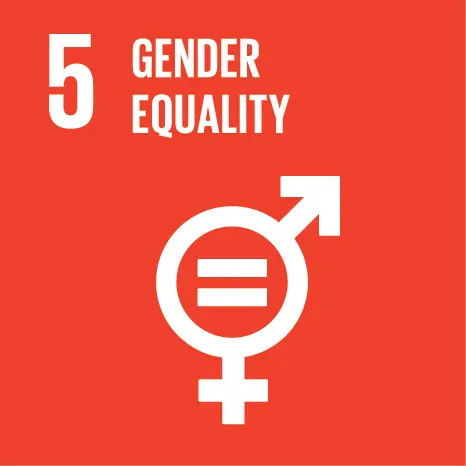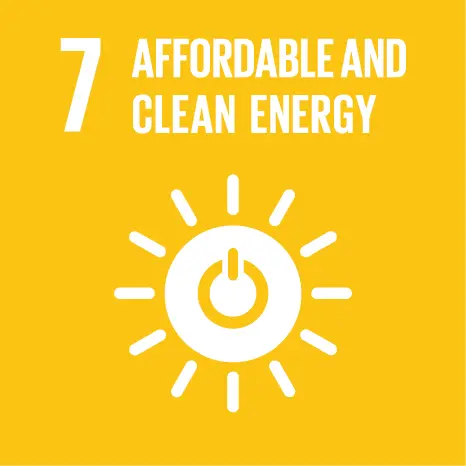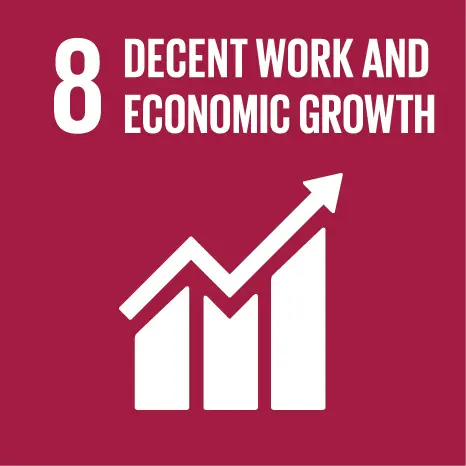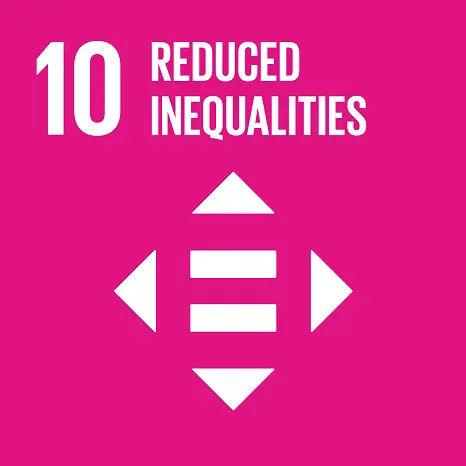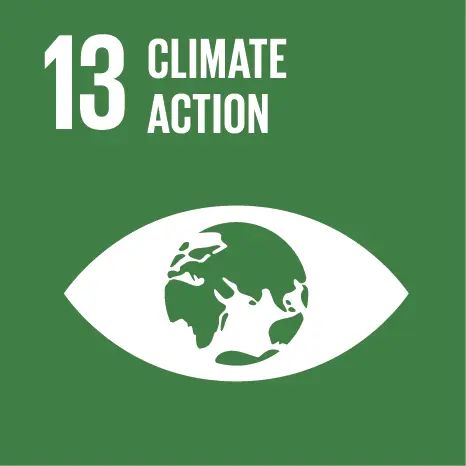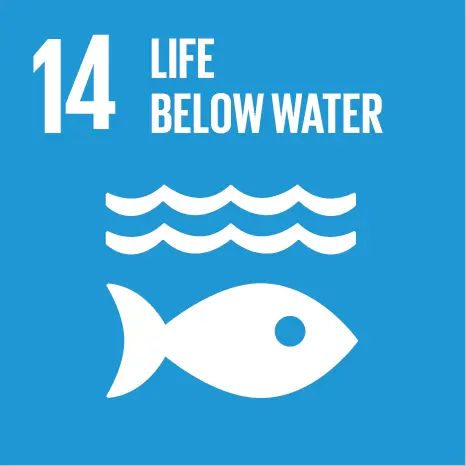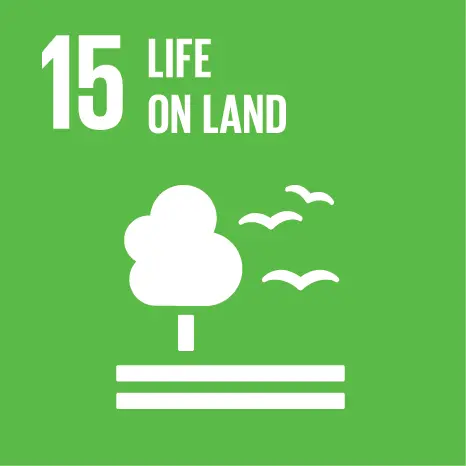
We are taking
climate action
Since July 24, 2024, we have purchased
2,454
tonnes of carbon credits
including 1,245 tonnes with CNaught
Spread the Word
That’s the same climate impact as:

40,562
new trees planted

547
cars off the road for a year

309
homes’ annual energy usage

6,485
flights from LA to New York
* calculations based on U.S. EPA and ICAO formulas
Our CNaught purchases
54.7%
Technology-based Reductions
Approach
We partner with CNaught to purchase a diversified portfolio of high-quality carbon credits that is designed to maximize impact, mitigate risk, and foster innovation. A portfolio approach to carbon credits is recommended by the World Economic Forum, and the CNaught portfolio embodies the science-based best practices laid out in Oxford’s Principles for Carbon Offsetting.
Select a category to learn more about it
Technology-based Reductions
This category covers a wide range of projects that aim to reduce and avoid emissions versus business as usual. Examples include: natural gas leak repairs, destruction of refrigerants that would otherwise be vented to the atmosphere, and capture of methane emitted from landfills.
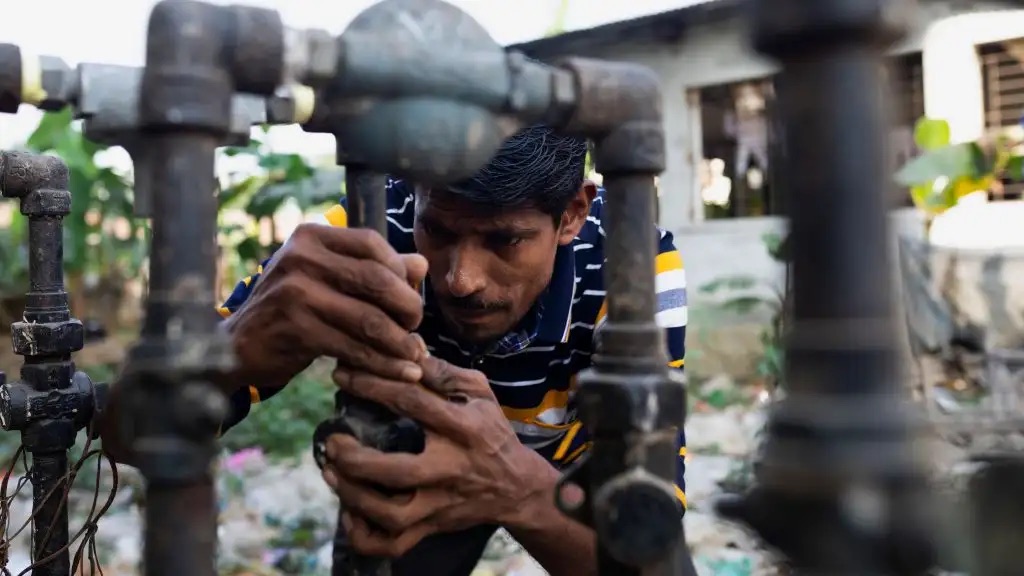
Titas Gas Leak Repair
This project reduces natural gas leaks from a gas distribution network in Bangladesh through the use of an advanced leak detection and repair program that would not be feasible without carbon credit revenue.
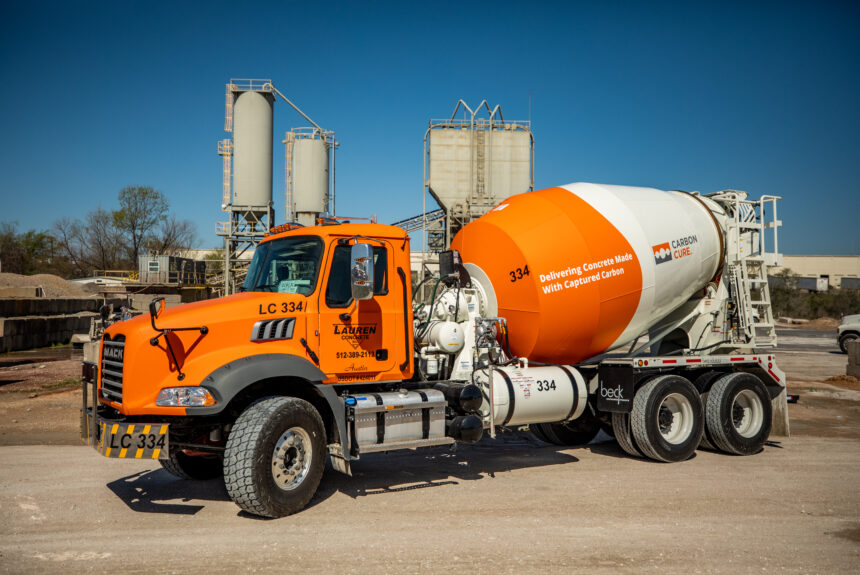
CarbonCure 1
This project captures waste CO2 and injects it into concrete during manufacturing, permanently mineralizing the CO2 while simultaneously reducing Portland cement usage. The dual approach both removes CO2 from the atmosphere through permanent sequestration and reduces emissions from cement production.
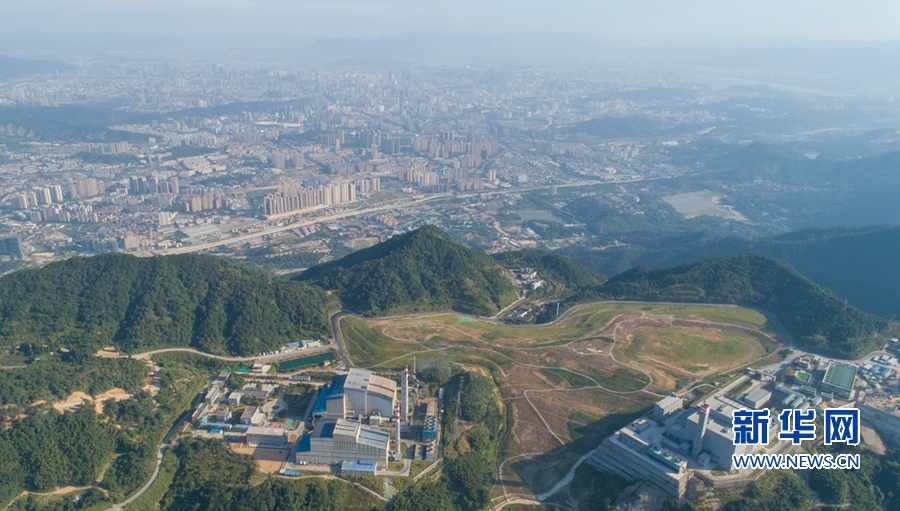
Fuzhou Hongmiaoling Landfill Gas to Electricity
This project collects landfill gas to generate 2.5MW of electricity at a landfill in southeastern China, avoiding the emission of methane (a potent greenhouse gas) into the atmosphere and using the methane to generate power and displace dirtier coal-fired power in the electric grid.
Nature-based Removals
This category typically consists of nature-based projects that remove existing carbon and store it in new plants, trees, or soil — for example, planting trees in an area that has previously been clear cut or restoring plant life to tidal wetlands.

X-Hazil
An Improved Forest Management project that combines regeneration practices, reforestation efforts, and silvicultural treatments to enhance forest sustainability and ecosystem integrity, all monitored under FSC guidelines.

Delta Blue Carbon
The largest restoration project in the world, Delta Blue seeks to restore 225,000 hectares of land through large-scale mangrove restoration on the Indus Delta in Pakistan.
Technology-based Removals
This is a highly diverse category of projects that includes cutting-edge engineered solutions that hold significant promise but are not yet available at scale. Examples include direct air capture technology and storage of carbon through enhanced rock weathering.

Charm Industrial Bio Oil
Charm collects waste from plants that have captured carbon dioxide from the atmosphere, applies a heating process called pyrolysis that converts the plant waste into bio-oil, and injects that bio oil into deep wells or caverns where it hardens and will be stored permanently instead of being released to the atmosphere as the plants decay.
Our non-CNaught purchases
| Project Name | Vintages | Amount |
|---|---|---|
| Advanced Refrigeration - ARS2019001, ACR 737 | 2019 | 597 tonnes |
| Bukaleba Forest Project, VCS 799 | 2019 | 400 tonnes |
| Buena Vista Heights Conservation Area, CFC 9 | 2020 | 140 tonnes |
| Carboneers SRC India, GCSP1024 | 2024 | 36 tonnes |
| CarbonCure 1, VCS 3207 | 2020 | 36 tonnes |




